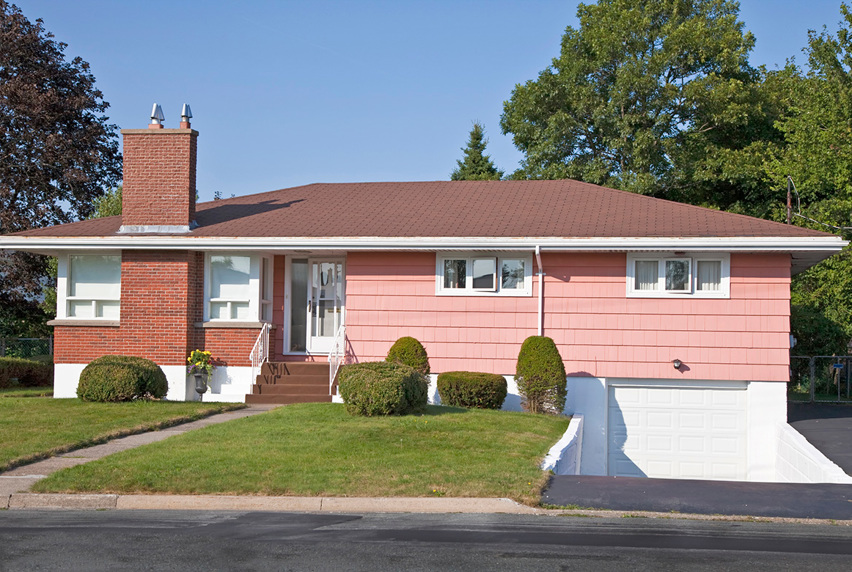How Melbourne Homes Have Changed Over 50 Years

Melbourne has changed significantly since 1969 and it’s certainly going to change again over the next 50 years.
Building designers see that change, spot the trends in what people want and through their designs influence how we live.
Melbourne in 1969 saw us living in simple houses on large blocks of land that we were happy enough to call our own.
As Melbourne Polytechnic building design teacher Michael Malina explains: ‘In the 1950s and ’60s it was nice to own a house, as in “I’ve got three bedrooms, a bathroom and a kitchen”.
‘Now people are more house proud and it’s “I’ve got three bedrooms, a fourth bedroom or a study, a main bathroom and a smaller backyard to maintain”.
Changing rooms
‘Especially over the last 15 years people have condensed the size as their living style has changed and more people tend to go out and live a bit more of life outside of the home, whereas in the 1950s ’60s, ’70s and ’80s it was about the home and conversing with your family inside.
‘Social media, other networks and even work have played a part in it - work’s more sociable now than it was back then. Nine to five stopped and now it’s 6 in the morning to whenever you go to bed, people don’t shut off. ‘
He says social media and TV renovation shows are educating the public a little, showing them what they might want to have in their own home.
In the 1990s and 2000s people were going out more and now it’s turning around as people are more house proud. Even the cooking shows are an influence, as people want to prepare meals in their own kitchens and entertain more at home again.
More time at home
‘Being house proud is very important to today’s public and if you’re house proud you spend more time at home,’ Michael says.
He says people are going back to wanting their own backyard as they do enjoy gardening and again TV shows have opened up the possibilities, giving outdoor spaces the same importance as indoor rooms.
Going forward 50 years, Michael says sustainable design will continue to be very important - and building designers in the 1940s and 50s were already onto it.
‘If we look at the older houses they had their orientation correct, they had the rooms correctly proportioned in size and the way it heated up, and they zoned off areas. But in the ’80s and ’90s it turned and it was a little bit disregarded.
Adaptability and versatility in homes is important too now and building designers encourage their clients to think hard about how they want to live now and in the future, so the house can be designed to accommodate those changes.
Accommodating changes
‘If you can adapt your house that can downsize, if the fourth bedroom turns into a study or a reading room or something that’s more useable for the parents that are left there,’ Michael says. ‘Or it could be it serves for one teenager with a double bed, then when there are grandkids who come over and stay, you might split it up into two smaller beds.’
In Melbourne houses typically stand for 60 to 80 years and Michael says we are probably demolishing too many to put three units on a site now, but that tide is turning too.
‘I have noticed the three houses on a block have started to go away a little bit, developers have stopped doing that and they are doing two side by side which are a bit grander,’ he says. ‘You can be a bit more house proud and both of you have frontage and a better backyard and more room.
Small, medium, large?
‘If you’re trying to squeeze on to make a buck, what does that mean for the future? There’s going to be a point where the public realises, “I don’t want these houses that are too small”. That’s going to turn around.’
The Advanced Diploma in Building Design (Architectural) 22627VIC is two years of full-time study and the only prerequisites are ‘motivation, ambition and the willingness to learn’. The course is for ‘anyone that has an interest in architecture, or anyone that enjoys construction or architecture or design in terms of the built environment’.
The job prospects are good, Michael says he gets phone calls monthly from employers looking for a graduate to enter the industry.
TO FIND OUT MORE ON OUR BUILDING DESIGN AND CONSTRUCTION COURSES, CLICK HERE